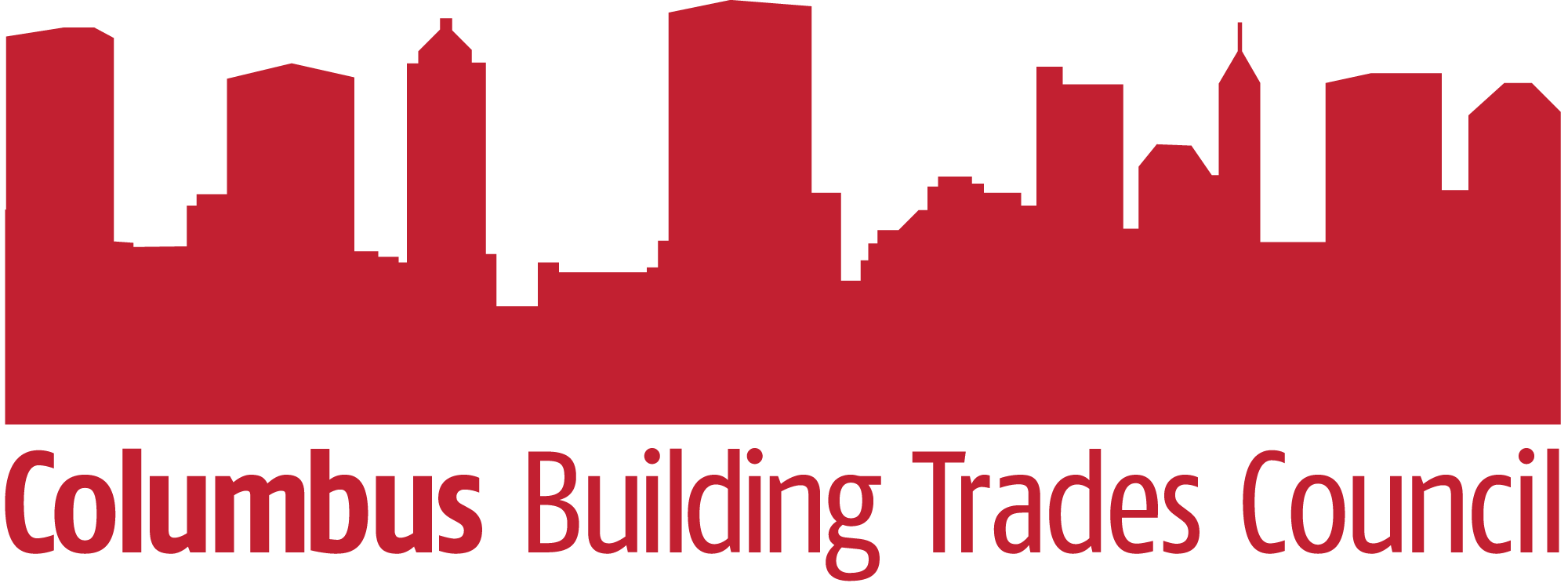A new study found that the union construction industry is far more effective at recruiting and training women and racially diverse groups than non-union competitors.
On Jan. 17 at the Opportunity Pipeline Forum, North America’s Building Trades Unions (NABTU) leaders discussed the new report they commissioned that examined workforce development and diversity, equity and inclusion (DEI) in the construction industry.
The study proved what a number of union construction industry leaders have preached – that efforts by the building trades to ensure Local Unions represent the communities in which they live and work has led to a more diverse and inclusive workforce.
Compiled by the Institute for Construction Economics Research (ICERES), the report is entitled “Diversity, Equity, and Inclusion Initiatives in the Construction Trades.” It evaluated initiatives in the construction industry that promote greater workforce diversity, including recruitment, pre-apprenticeship, mentoring, retention and apprenticeship programs. The study also compared the success rates between union and non-union programs.
The report looked at successful and fully developed DEI initiatives in the union sector, from pre-apprenticeship programs to policies supporting experienced journeymen. It found, successful strategies for increasing pre-apprenticeship completion rates typically include additional means of support for participants.
NABTU President Sean McGarvey called the study the first of its kind for the construction industry and felt it created a benchmark so that everyone in the industry will be held to the same standard on DEI and workforce development programs.
“The ICERES study demonstrates building trades unions’ programs are successful because of deliberate, intentional work and critical partnerships with community-based organizations, industry leaders, and government agencies,” said McGarvey, in a prepared statement. “The findings underscore that investing programmatically throughout the workforce development pipeline and utilizing true workforce development tools like Project Labor Agreements and collective bargaining work.
One, example of a successful building trades union Apprenticeship Readiness Program is Building Futures.
Building Futures, a partnership between the C/COBCTC, Franklin County and the Columbus NAACP, helps members of the underserved community overcome employment obstacles by educating them on the foundations of construction to prepare them for a successful career in the union construction industry.
Program participants will receive training in math, reading, and financial literacy as well as recieve wrap around and other services to help them overcome career-blocking obastaclces.
Addressing the Opportunity Pipeline Forum, McGarvey said the building trades must do better when it comes to DEI.
He feels the trades provide the opportunity to change lives, one at a time and one community at a time by providing entry to well-paying union middle-class jobs. However, as the report highlights, the washout rates are far too high and he wants this to change.
The study also looked at data from the Bureau of Labor Statistics. According to the BLS data, the union construction industry accounted for 75 percent of all industry apprenticeship programs between 1999 and 2019.
The data showed that not only do union apprenticeship programs train more females, blacks, Hispanics and members of other minority races than non-union programs, but women and minorities make up a higher percentage of their apprentices.

Leave a Comment